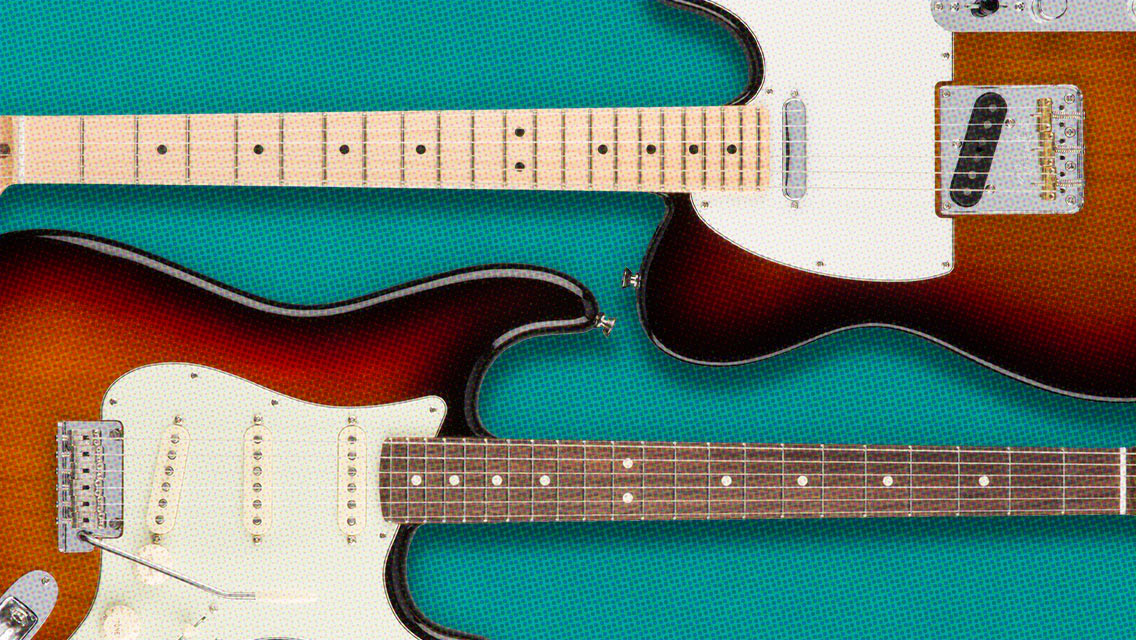1 Min ReadBy Jeff Owens
How to Tune a Ukulele
Despite popular opinion it's not tuned like the top four strings of a guitar.

Sections
Quick question: How is a ukulele tuned?
Quick answer: G-C-E-A.
That’s from low to high. And that low G is tuned up one octave, making it the ukulele’s second-highest open-string pitch (only the top-string open A is higher). The third-string C equals middle C on a piano.
The ukulele has been undergoing one of its periodic resurgences in popularity for well more than a decade now and, as regards tuning, a frequently heard contention is that ukuleles are simply tuned “like the top four strings of a guitar.”
Yes and no. “No” in the sense that the astute observer will note that the top four strings of a guitar in standard tuning are in fact D-G-B-E (low to high), which is obviously quite different from G-C-E-A. “Yes” in the sense that applying a capo to the top four strings of a guitar in standard tuning at the fifth fret yields the standard ukulele tuning of G-C-E-A, although that low G wouldn’t be an octave higher.
Once you’ve fully absorbed this tuning arrangement, you can in fact apply your guitar-playing smarts to your ukulele-playing smarts pretty quickly, and off you go evoking the pleasantly lilting sounds of the South Pacific islands.
By the way, there are four common ukulele sizes. Smallest to largest, they are soprano (standard), concert, tenor and baritone. The latter two, tenor and baritone, sometimes use an alternate tuning of A-D-F#-B (low to high), which is one whole-step higher than standard ukulele tuning.
Do you want an easy way to tune your ukulele from your mobile device? Download the Fender Tune app with ukulele tuning capabilities here.
Don’t miss out!
Be the first to know about new products, featured content, exclusive offers and giveaways.


